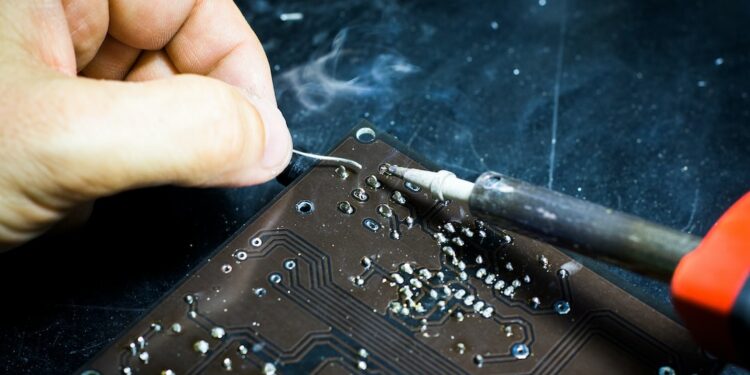The Evolution of Robotics in Manufacturing
Since the inception of the industrial revolution, technology has played a significant role in shaping the manufacturing industry. From the invention of the steam engine to the advancements in computer technology, each innovation has brought about a revolution in the way products are manufactured. One such technological advancement that has transformed the manufacturing sector is the evolution of robotics.
In the early days, robots were bulky, expensive, and limited in their capabilities. They were mainly used for repetitive tasks that required precision and efficiency. However, with the rapid advancements in technology, robots have evolved to become more versatile, intelligent, and adaptive in the manufacturing process.
One of the major breakthroughs in robotics was the introduction of computer numerical control (CNC), which allowed machines to be programmed to perform specific tasks. This innovation replaced the need for manual labor and increased productivity and accuracy in manufacturing. Today, manufacturers rely heavily on robots to carry out a wide range of tasks, such as welding, painting, assembly, packaging, and quality control.
The evolution of robotics in manufacturing has led to increased efficiency and cost reduction. Robots can work continuously without breaks, reducing downtime and increasing production output. They are also able to perform tasks with greater precision and accuracy, resulting in fewer errors and rejects. Moreover, robots can handle hazardous tasks that may pose a risk to human workers, thereby improving safety in the workplace.
Another significant development in robotics is the integration of Artificial Intelligence (AI) and Machine Learning (ML). These technologies enable robots to learn from their experiences and adapt to changing circumstances. For example, collaborative robots, also known as cobots, are designed to work alongside human workers. They can sense and respond to the presence of humans and adjust their behavior accordingly, making them safer and more efficient to work with.
Furthermore, advancements in sensor technology have allowed robots to have a greater understanding of their surroundings. With the help of sensors such as cameras, force and torque sensors, and proximity sensors, robots can detect and react to changes in their environment. This has made it possible for robots to perform complex tasks that require decision-making and problem-solving skills.
While robots have undoubtedly revolutionized the manufacturing industry, there are concerns about the impact on human workers. As robots become more capable and autonomous, there is a fear that they will replace human jobs. However, proponents argue that robotics will not eliminate jobs but rather reshape them. Instead of performing repetitive and mundane tasks, human workers can be upskilled and given more strategic roles, such as programming and overseeing robotic systems.
In conclusion, the evolution of robotics in manufacturing has revolutionized the industry by increasing productivity, efficiency, and safety. From the early days of basic programming to the integration of AI and ML, robots have become indispensable in modern manufacturing facilities. While there are concerns about job displacement, the future of robotics in manufacturing lies in collaboration between humans and machines, leading to a more advanced, productive, and sustainable manufacturing industry.














